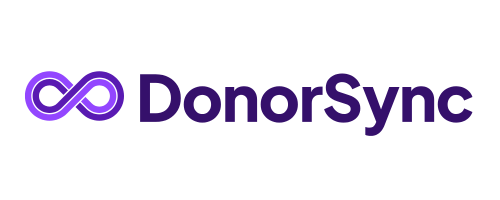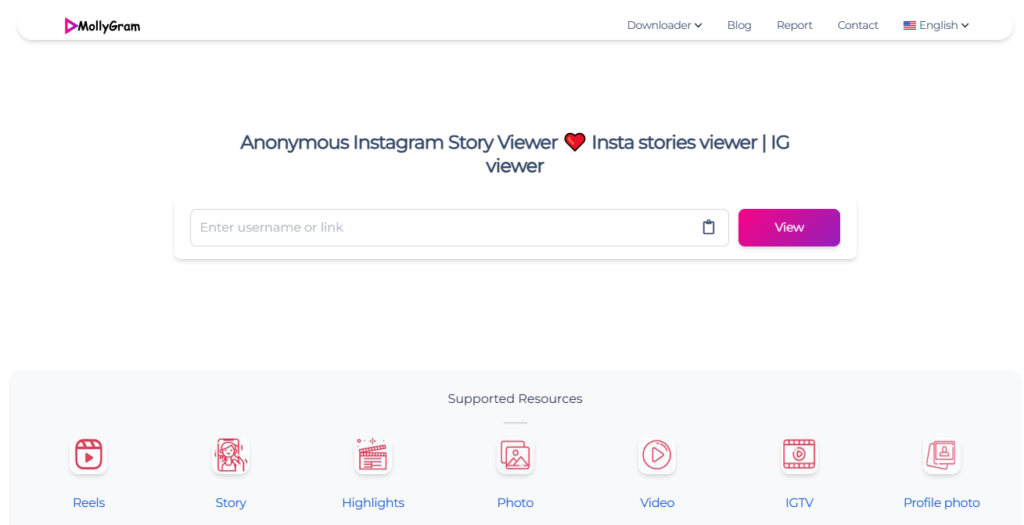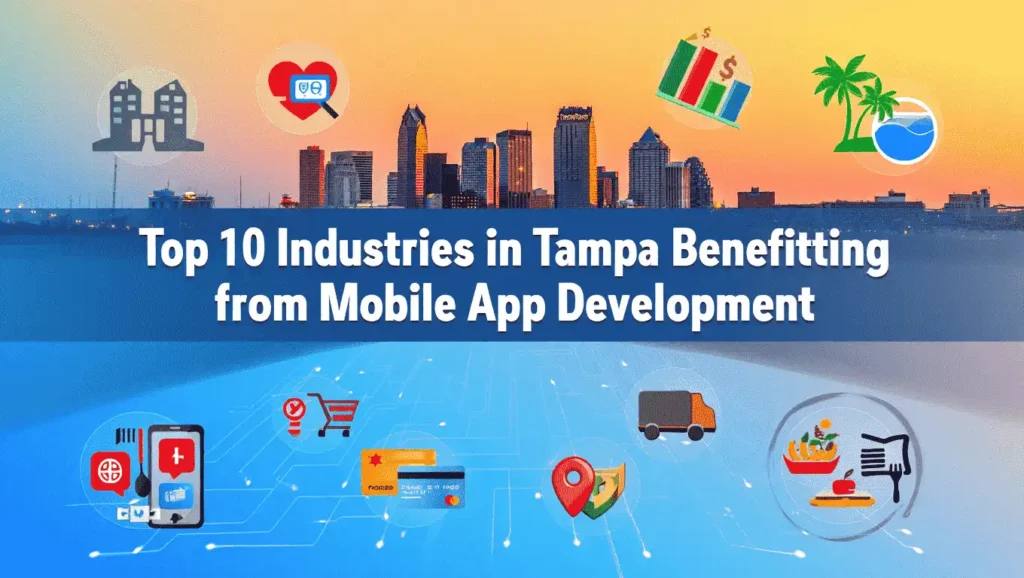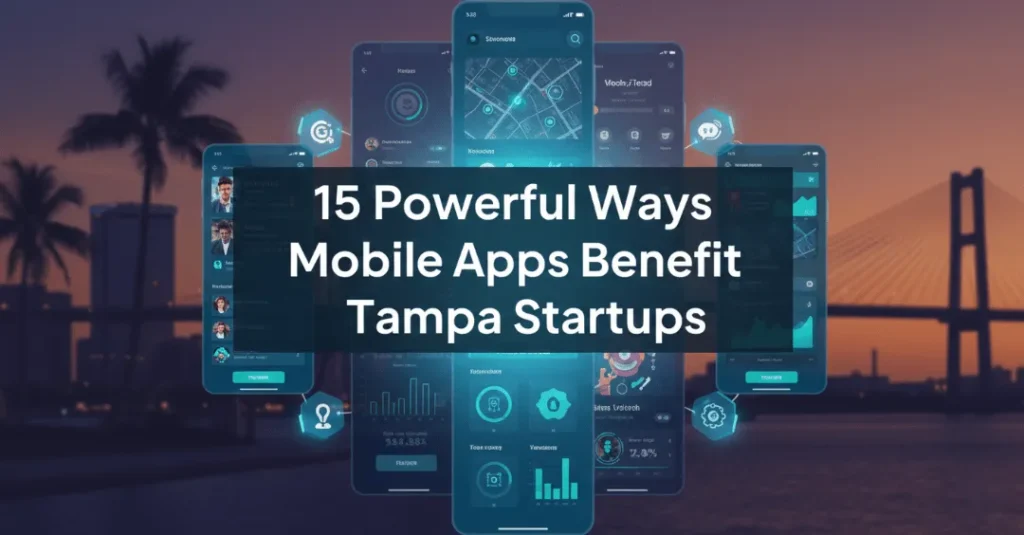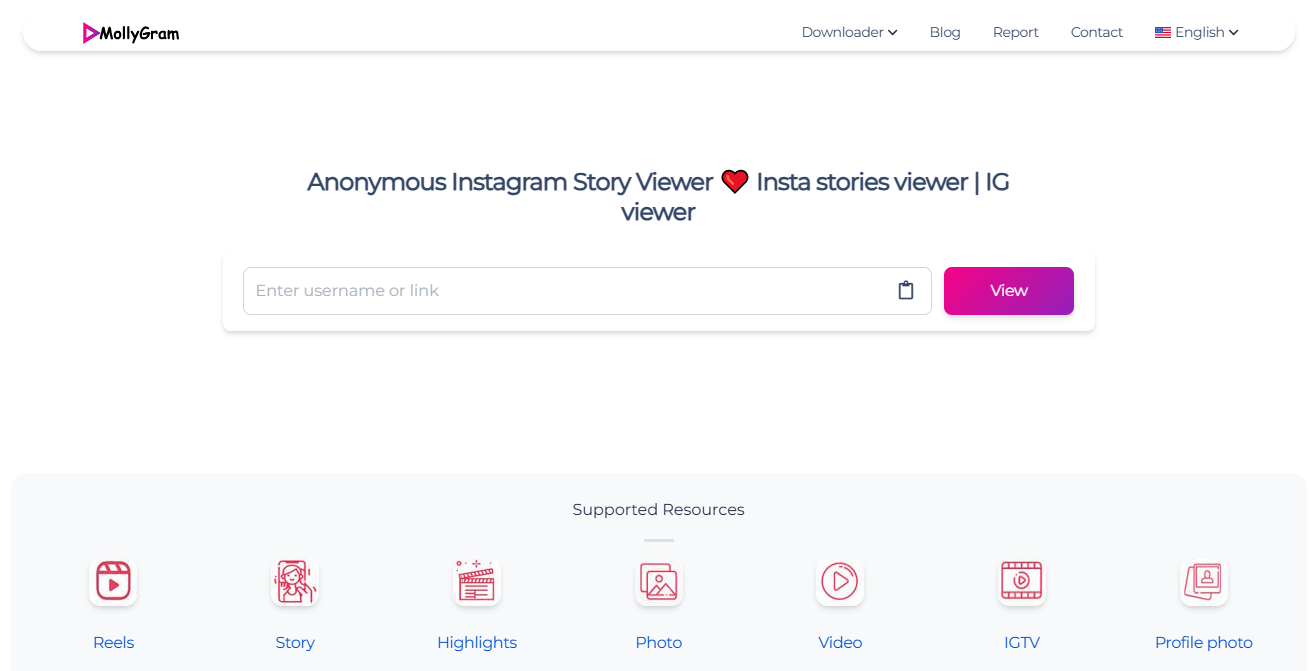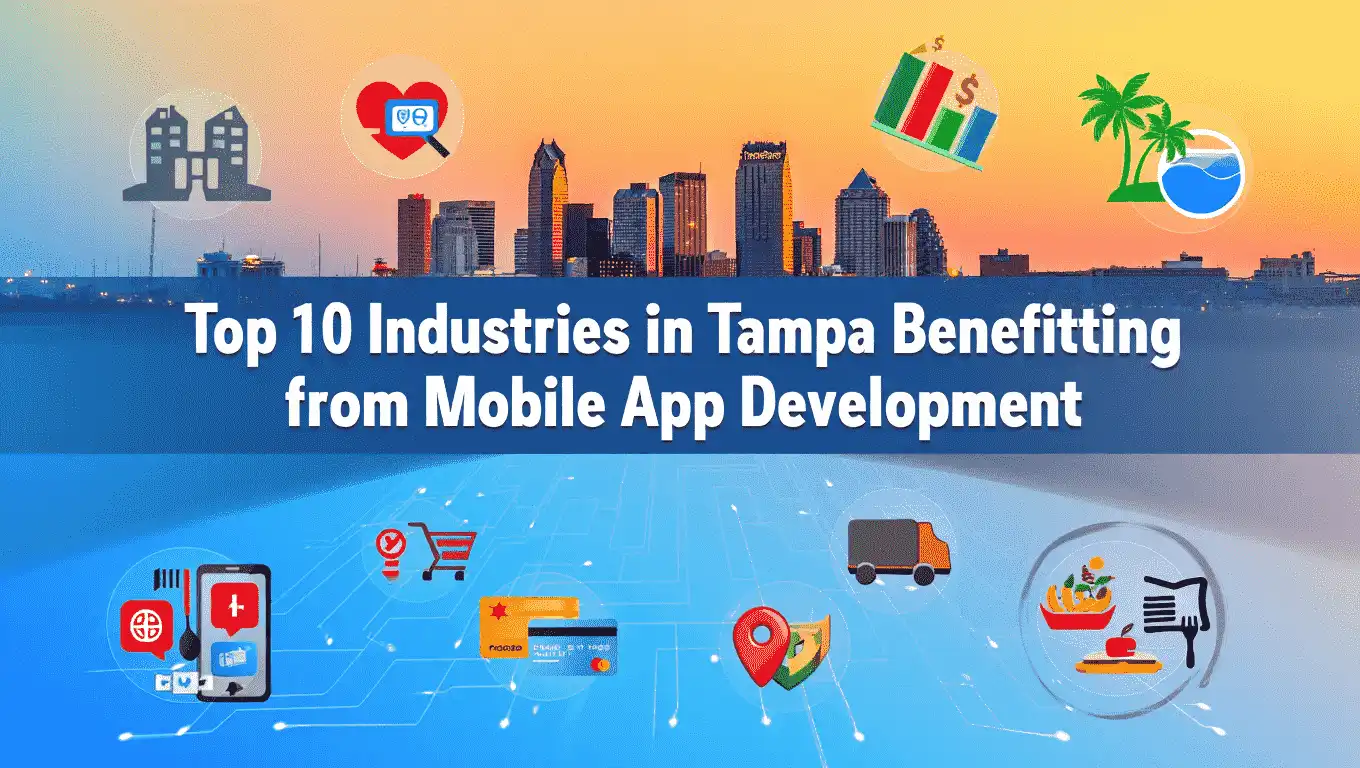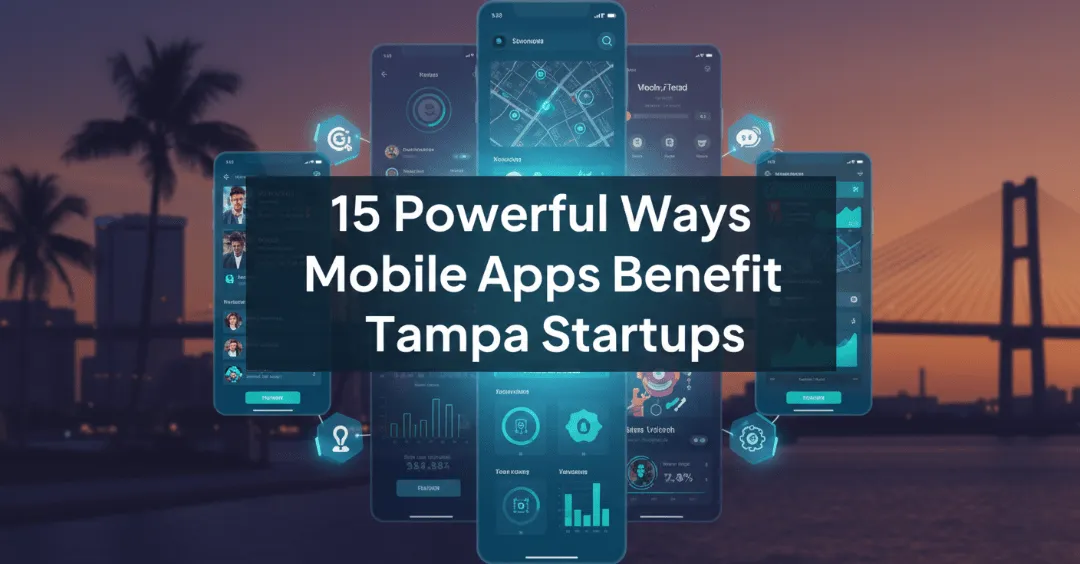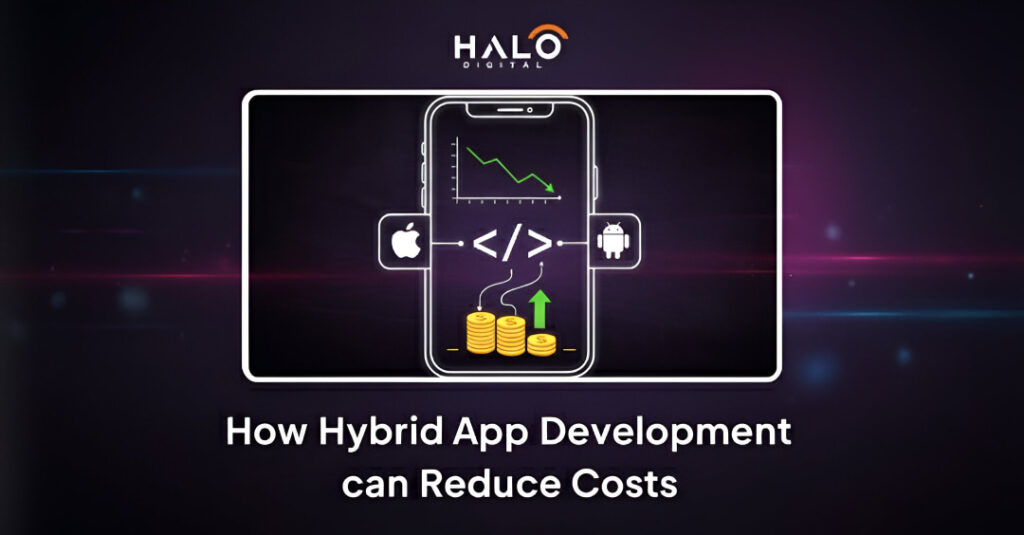Choosing the right web application can transform your business.
As technology advances, companies now have many types of web applications to choose from, each designed to meet different goals, industries, or user needs.
From simple static websites to complex enterprise-grade platforms, these options offer unique benefits.
Understanding the main types of web applications helps you pick the best one for your business model, growth plans, and customer expectations.
Whether you are running a startup or a well-established brand, the right web solution can boost efficiency, performance, and customer engagement.
This guide explains 14 common types of web applications so you can make an informed decision.
What Is a Web Application?
A web application is a software program that runs in a web browser and performs specific tasks for users.
Unlike traditional desktop applications, web applications don’t need to be downloaded or installed.
They can be accessed through the internet on devices like laptops, tablets, or smartphones.
Web applications use a combination of frontend and backend technologies and often depend on servers and databases to process user requests and store data.
Examples include banking portals, email clients, and online booking systems.
Web apps allow businesses to deliver services and tools directly to users through a web browser.
How Web Applications Work
Web applications follow a request-response model. When a user interacts with a web page—clicking a button or submitting a form—the browser sends that request to a web server.
The server processes the request, sometimes interacting with a database, and then sends back the appropriate response.
The user sees the result in their browser, often without even noticing the behind-the-scenes work.
The setup typically involves a user interface on the client side and business logic on the server side.
Learning more about these key components of a web-based application can help you understand how they work together to keep web apps functioning smoothly across various devices.
These components make it possible for all types of web applications to function smoothly across various devices.
Different Types of Web Applications
Not all web applications are created equal. Businesses have access to a wide range of formats, each suited for specific goals.
From static web pages that display fixed content to dynamic platforms that adjust based on user input, the variety is vast.
This section explores the different types of web applications so you can better understand which one matches your needs.
Whether you’re planning a single-page app, portal, or eCommerce store, knowing the key differences helps you choose the right development path and avoid unnecessary complexity.
Many businesses also wonder about the differences between cloud applications and web applications, since the two are often mistaken for each other.
Understanding how they differ can help you pick the right solution for your needs.
1. Static Web Applications
Static web applications are the most basic type of web applications. They deliver fixed content to users without any server-side processing. Built using HTML and CSS, these apps are fast, secure, and cost-effective—but they lack interactivity.
Ideal for portfolios or informational websites, they work best when frequent updates aren’t necessary.
2. Dynamic Web Applications
Dynamic web applications respond to user inputs in real-time by fetching data from a server or database.
Examples include social networks and dashboards.
These apps are a popular type of web based application because they offer customized user experiences, often built using server-side languages like PHP, Python, or JavaScript.
3. Single-Page Applications (SPAs)
SPAs load a single HTML page and dynamically update content as the user interacts—without refreshing the page.
Think Gmail or Trello. This type of web application offers a seamless, fast user experience, and is usually built using frameworks like React, Angular, or Vue.js.
4. Multi-Page Web Applications (MPAs)
Multi-page applications refresh the entire page with every user interaction.
These types of web applications are ideal for large platforms like eCommerce sites or enterprise dashboards, where multiple sections and pages are required.
Despite slower performance than SPAs, MPAs are still widely used for their scalability.
5. Progressive Web Applications (PWAs)
PWAs combine the best of web and mobile apps. They’re fast, work offline, and can be installed on a device’s home screen.
This modern type of web based application uses service workers and responsive design, making it a powerful choice for businesses looking to improve engagement.
6. Content Management Systems (CMS)
CMS-based web applications like WordPress and Drupal allow users to create, edit, and manage content easily—without needing to code.
These web-based applications are commonly used for blogs, news sites, and marketing websites, and are often built on frameworks that support dynamic content.
7. eCommerce Web Applications
This type of web application is designed for buying and selling products or services online.
Examples include Shopify and Magento. These platforms handle product listings, shopping carts, user accounts, and secure payment gateways—making them crucial for online retail businesses.
8. JavaScript-Powered Web Applications
Modern types of web applications often rely heavily on JavaScript for interactivity and responsiveness. These include SPAs, PWAs, and even hybrid apps.
Using frontend frameworks and tools like Node.js, these applications provide dynamic, real-time user experiences across all devices.
9. Rich Internet Applications (RIAs)
RIAs are web apps that behave much like desktop applications, offering rich user interactions with drag-and-drop, real-time editing, and media playback.
Once Flash-based, today’s RIAs use JavaScript and HTML5. These are a sophisticated type of web based application, great for productivity tools and media platforms.
10. Portal Web Applications
Portal web applications act as gateways to different services or content within a single interface.
Examples include university portals or employee dashboards. This type of web application architecture allows personalized access to various modules such as email, HR tools, and internal resources.
11. Animated Web Applications
Used primarily in creative industries, animated web applications offer motion graphics, interactive storytelling, or visual effects.
This type of web application is often used for marketing, gaming, or digital portfolios and relies heavily on CSS animations, SVGs, and JavaScript libraries like Three.js.
12. Enterprise Web Applications
Enterprise web application development focuses on creating scalable platforms designed to support operations like CRM, ERP, or HRM. They are robust, scalable, and secure.
This type of web based application architecture integrates with existing systems, streamlines workflows, and improves data-driven decision-making.
13. Web Applications with Microservices Architecture
This modern web application architecture breaks down the app into smaller, independent services that communicate via APIs. It improves scalability, flexibility, and fault isolation.
Many large-scale businesses now adopt this type of web application architecture for their complex platforms.
14. Hybrid Web Applications
Hybrid web apps combine features of both native mobile apps and web apps.
Built with technologies like Ionic or React Native, they run inside a webview and can be deployed across platforms.
This type of web application reduces development time while offering a decent user experience.
How to Choose the Right Web Application Type
Choosing the right type of web application for your business in Baton Rouge or anywhere else depends on your goals, budget, audience, and functional requirements.
Each web application model serves a specific purpose, and making the right choice from the start can save time, money, and future complications.
Here are the key factors you should consider:
1. Define Your Business Objectives
Start by clarifying what you want your web application to achieve. Are you building a blog focused on content, an online store that needs shopping carts, or a platform that supports real-time features like chats or live data updates? Knowing your primary goal will help you choose the best web application type for your needs.
2. Consider Budget and Resources
Think about how much you can realistically invest and what resources you have available. Simple static sites or CMS-based applications are often more affordable and quicker to launch. More advanced web applications like single-page apps, progressive web apps, or those using microservices architecture typically need a larger budget and skilled developers.
3. User Experience Expectations
Consider what kind of experience your users expect. If you want an app-like, seamless, and interactive interface, single-page applications or progressive web apps are ideal choices. If your site requires traditional navigation with many interconnected pages, multi-page applications might better match your needs.
4. Scalability and Performance Needs
Think about how much traffic you expect now and in the future. If you anticipate rapid growth or need your app to handle large numbers of users simultaneously, enterprise-grade or microservices-based web applications are better suited to scaling and maintaining high performance as your business grows.
5. Security and Integration Requirements
If your web application will handle sensitive information like payment details or personal data, prioritize strong security measures such as secure backends, SSL or TLS encryption, and proper access control. Consider whether your application will need to integrate with other systems, such as CRM or ERP software, as this can influence which type of web application architecture you choose.
6. Device and Platform Preferences
Think about the devices your audience uses most. Progressive web apps and hybrid applications are excellent for reaching users on mobile devices with fast, responsive experiences. If your users primarily access your services from desktop computers, a traditional web application may be sufficient.
Popular Examples of Web Applications
Web applications are everywhere—from productivity tools to shopping platforms. These applications run on browsers and deliver seamless user experiences without the need to install software. Here are some well-known web application examples across different categories:
- Google Docs – Real-time document editing and collaboration
- Amazon – eCommerce web application with shopping, payments, and user accounts
- Facebook – Social media dynamic web application with real-time interactions
- Netflix – Rich Internet Application for streaming media
- WordPress – CMS-based application for building websites and blogs
- Gmail – Single-page application offering a smooth email experience
- Trello – Project management tool built as a dynamic, interactive web app
- Spotify Web – Streaming web app with audio playback and real-time syncing
Benefits of Using Web Applications
Web applications are changing the way businesses work by making it easier to reach customers, adapt quickly, and scale operations.
From startups to large companies, using the right type of web app can provide flexibility, easy access from any device, and growth potential that traditional software often can’t offer.
Let’s explore how web-based apps deliver real value:
Improved Accessibility Across Devices
Web applications are designed to be accessed via browsers—anytime, anywhere, and on any device. Whether you’re using a smartphone, tablet, or desktop, users can enjoy a consistent experience without downloading or installing anything.
Cost-Effective Development and Maintenance
Unlike native applications, types of web based applications don’t require platform-specific coding. Developers can write one version that works across all browsers, making development faster and reducing long-term maintenance costs.
Seamless User Experience with Faster Interactions
Modern types of web applications like SPAs (Single-Page Applications) and PWAs (Progressive Web Applications) deliver fast, responsive interactions. They reduce reloads and offer a smoother, app-like experience, keeping users engaged and satisfied.
Easier Updates and Version Control
With web-based apps, updates are rolled out from the server side. This means every user always accesses the latest version—no downloads or manual installs needed, which is especially useful for enterprise-level web applications.
Enhanced Scalability for Growing Businesses
Whether you’re expanding your user base or adding new features, web applications with scalable architectures (like microservices) can grow with you.
This makes them an ideal choice for startups and evolving enterprises.
To keep your app running smoothly as it grows, advanced tools like Snow web application metering can help track usage, optimize performance, and control costs.
Common Challenges in Web Application Development
Building modern types of web applications comes with exciting possibilities—but also a fair share of challenges. Whether you’re working on dynamic web applications, content-driven CMS platforms, or scalable enterprise tools, understanding the obstacles ahead helps you plan better. Here are some of the most common challenges developers and businesses face:
- Security Concerns: Protecting user data and preventing breaches through proper authentication, authorization, and encryption (especially in hybrid web applications).
- Cross-Browser Compatibility: Ensuring consistent performance across all browsers and devices can be tricky, especially in animated or JavaScript-powered web applications.
- Scalability Issues: As businesses grow, not all web applications scale smoothly. Microservices-based architectures can help—but they also add complexity.
- Performance Bottlenecks: Slow loading times, especially in multi-page web applications, can frustrate users and increase bounce rates.
- Integration Complexity: Linking with third-party services, APIs, or legacy systems often requires additional resources and technical expertise.
Key Factors in Developing a Web Application
Identify Your Target Audience and Core Functionality
Begin by clearly defining who will use your web application and what main problems it should solve. Understanding your audience’s needs and expectations will guide every decision you make during development.
Choose the Right Architecture
Select a web application architecture that fits your goals and future plans. Monolithic setups work well for simple apps with fewer features, while microservices or serverless architectures are better for applications that need to scale or handle complex tasks.
Align Frontend and Backend Technologies
Pick technologies for your frontend and backend that match your performance and scalability requirements, or consider opensource frontend developer self hosting for greater control and flexibility. Make sure your tech stack can support future growth and integrate with any systems you might need down the road.
Prioritize UX and UI Design
Design a user interface that is intuitive, responsive, and visually appealing. A smooth and enjoyable user experience, aligned with results-focused web design principles, increases engagement and keeps users coming back.
Integrate Strong Security Measures
Implement security best practices from the start. Use HTTPS, validate all user inputs to prevent attacks like SQL injection, and set up proper authentication and authorization to protect user data and your application.
Future Trends in Web Application Development
Rising Demand for Faster and Scalable Solutions
Businesses today expect web applications that are quick, responsive, and capable of growing with their needs.
Users leave slow sites within seconds, so developers are turning to technologies like cloud hosting and content delivery networks to improve speed.
Applications must also handle sudden spikes in visitors without crashing, which is why scalable architectures are becoming essential for any serious project.
Popular Trends Shaping Web Apps
Several trends are changing how modern web applications are built.
Progressive web apps provide app-like experiences directly in the browser, including offline functionality and push notifications that keep users engaged.
AI-powered features, such as chatbots and recommendation systems, are helping businesses offer personalized experiences at scale.
Serverless architectures allow teams to focus on building features while the cloud provider automatically manages infrastructure, making apps faster to develop and more cost-effective.
Low-Code and No-Code Platforms
Low-code and no-code solutions like Webflow, Bubble, and OutSystems are making it easier than ever for non-developers to create fully functional web apps.
These platforms provide drag-and-drop builders and pre-made templates, cutting development time and reducing costs.
Small businesses and startups especially benefit from these tools because they can launch products quickly without hiring large engineering teams.
Enhanced Security and Real-Time Features
As more sensitive information moves online, strong security is crucial.
Best practices include using HTTPS for secure connections, encrypting stored data, validating user inputs to block malicious attacks, and adding multi-factor authentication.
At the same time, users expect real-time updates in web apps for things like live chats, sports scores, and collaborative editing.
Technologies like WebSockets and services such as Firebase make real-time experiences possible.
Voice-enabled features are also gaining traction as users want hands-free and more natural ways to interact with applications.
Preparing for the Future
By keeping up with these trends, you can build web applications that are fast, secure, and ready to meet changing user expectations.
Investing in flexible, scalable solutions and exploring new technologies like AI and voice interfaces will help your applications stay relevant and effective in the years to come.
Ready to Build the Right Web Application for Your Business?
Whether you’re planning a single-page app, an eCommerce platform, or a complex enterprise solution, choosing the right type of web application is critical for success.
At Halo Digital, we specialize in crafting modern, scalable, and user-friendly web apps tailored to your business needs.
From strategy to deployment, our expert team ensures every component aligns with your goals. Let’s turn your idea into a powerful digital solution.
FAQs
What are different types of web applications?
Web applications come in various types, including static, dynamic, SPAs, MPAs, PWAs, CMS platforms, eCommerce sites, and more—each tailored to specific business needs and functionality.
What are examples of web applications?
Examples include Google Docs, Facebook, Amazon, WordPress, Trello, and Netflix—all offering interactive, browser-based user experiences.
What are the four types of applications?
Commonly, applications are categorized as web apps, desktop apps, mobile apps, and hybrid apps.
What is considered a web application?
A web application is an interactive software system accessed via a browser that processes data, performs tasks, and often connects to a server/database.
What are traditional web applications?
Traditional web applications typically follow the multi-page architecture where each user action loads a new page from the server—examples include early versions of eCommerce and corporate sites.
What is the difference between a website and a web application?
A website is generally static and content-focused, while a web application is interactive, dynamic, and enables users to perform specific functions like filling forms, managing data, or making purchases.
How much does it cost to develop a web application?
Costs can range from a few thousand dollars to six figures depending on complexity, design, tech stack, and features required.
Conclusion – Types Of Web Applications
Understanding the different types of web applications helps you make smarter technology decisions aligned with your business goals.
Whether you’re launching a content platform, building an online store, or creating a real-time collaboration tool, there’s a suitable architecture and approach for you.
With the evolution of modern web application architecture and tools, building scalable, responsive, and secure web solutions has never been more accessible.
Arsalan Chauhdary is the CEO of Halo Digital and a senior full-stack developer with over 8 years of experience building scalable, secure, and high-performing digital solutions. As a thought-provoking leader and hands-on architect, he blends strategy with code to transform ideas into impactful web and mobile platforms. Passionate about clean architecture, Laravel, JavaScript, and solving real-world problems, Arsalan continues to guide teams and clients through the evolving landscape of modern development.






